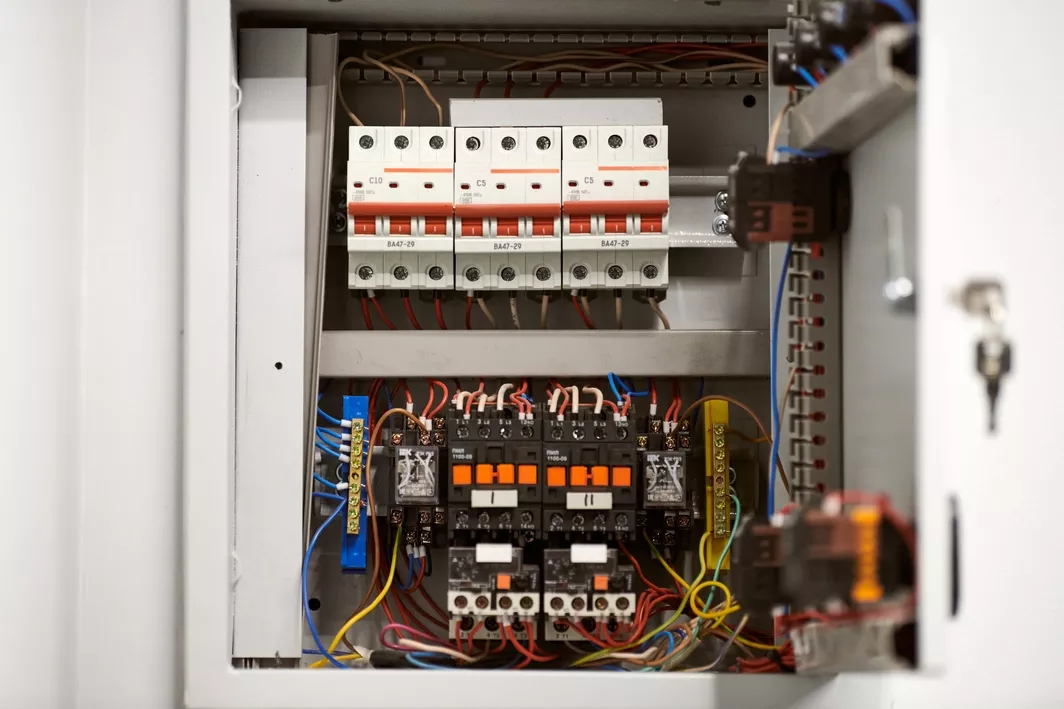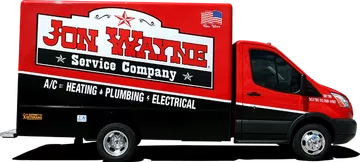What’s The Difference Between A Single And A Double‑Pole Breaker?
A main circuit board is key in regulating your home's electrical current distribution. The circuit board consists of breakers, which are electrical switches that help protect the circuit from damage, ensuring your home doesn’t use more electrical current than it can handle. If your electrical system becomes overloaded at any point, the breakers will automatically shut off the circuit. This helps safeguard your home against potential fire hazards that may result from an overheated wiring system.
Two main types of standard breakers are located inside your circuit board: single- and double-pole breakers. Each breaker has a unique purpose and supplies power to different electrical units. In addition, both circuit breakers have amperage and voltage ratings, which can be used to tell which types of appliances they're best suited to. To better understand how these circuit breakers work, we'll take a closer look at:
- How circuit breakers work
- What single-pole breakers are
- What double-pole breakers are
Need panel upgrades or repairs from licensed electricians? Send for Jon Wayne!
We’ve offered fast and convenient scheduling, honest prices, and impeccable quality workmanship for more than 20 years. No matter what type of electrical service you're looking for, you can expect our pros to do the job right the first time. It's part of our 100% satisfaction guarantee.
How Does a Circuit Breaker Work?
Your circuit breakers belong to a larger system that helps regulate the flow of electricity throughout your home. This system comprises a main circuit board or panel, wiring, and wire insulation. Each outlet in your home is connected to a wiring system powered by a circuit breaker. The circuit can only handle a certain amount of current at any given point. If too much current is forced through the circuit, the wire insulation may be severely damaged. In some cases, it may even cause the wiring to catch fire, which is a huge safety hazard.

Fortunately, the circuit breaker's job is to detect the presence of excess current. This is known as an electrical fault. Once the breaker senses an electrical fault, it automatically trips or shuts down. This is a type of emergency shutoff feature that prevents serious damage from occurring. Without a breaker's ability to sense danger and shut down by itself, your home could be at risk of fire damage or other severe complications. Your home's main circuit board keeps your electrical appliances and devices running smoothly while mitigating the risk of serious harm.
What's a Single-Pole Breaker?
A single-pole breaker is the most common type of circuit breaker found in most homes. The term "single pole" refers to its ability to protect a singular wire. Single-pole breakers are the narrow switches found on your home's electrical panel. Because they transfer electricity lightly, these circuit breakers are best suited to appliances that don't require a significant flow of energy to operate.
Single-pole breakers are generally rated for 15-30 amps. They're also designed to supply power for 120-volt outlets and appliances. These include small electrical devices such as vacuums, TVs, blow dryers, hair styling tools, cell phone chargers, computers, and power tools. A single-pole breaker is a more energy-efficient option because these devices don't require a significant power source to work properly. This type of breaker only supplies your devices with as much electricity as they need, which can help you cut down on energy costs.
The way single-pole breakers are wired is distinct from double-pole wiring. Single-pole breakers are wired with one hot wire and one neutral wire. If a single-pole breaker overloads, only the affected circuit breaker will trip. Because single-pole circuit breakers control most standard lighting in homes, you'll likely notice when that breaker trips. If all the lights and small appliances in one area or part of your home suddenly turn off, inspect your single-pole breaker before anything else.
What's a Double-Pole Breaker?
As the name suggests, a double-pole circuit breaker is characterized by a double switch. Unlike its single-pole counterpart, a double-pole breaker is ideal for electrical appliances requiring greater energy flow. Single-pole breakers don't usually supply enough electricity for heavy-duty appliances and utilities, so double-pole breakers typically serve these heavier units.
The typical rating for double-pole breakers ranges from 20-60 amps. These powerful breakers can also supply energy for 140-volt outlets and appliances. Common household utilities and appliances that use double-pole breakers include electric ranges, whole-house central air conditioning units, clothes dryers, electric water heaters, hot tubs, and electric baseboard heaters. Because these devices require a greater power supply to work properly, they are often recommended to use double-pole circuit breakers.
When comparing single-pole vs. double-pole breakers, it's important to consider the differences in wiring. While single-pole breakers are wired with one hot wire and one neutral wire, double-pole breakers are wired with two hot wires connected by a single neutral wire. If an overload occurs on either wire of the double-pole breaker, both circuit breakers will trip. This is an important distinction from the single-pole breaker, in which only one breaker trips when an overload occurs.
Trust Jon Wayne for expert electrical panel repairs and replacements. Schedule a free in-home estimate today.
Need to repair or replace your home's electrical panel? Jon Wayne is just one call away. With thousands of five-star reviews and fast response times, our highly knowledgeable technicians have been trusted by countless Texas homeowners time and time again. Schedule service today and experience for yourself the Jon Wayne difference. We’ve earned more than 10,000 5-star reviews and counting!

